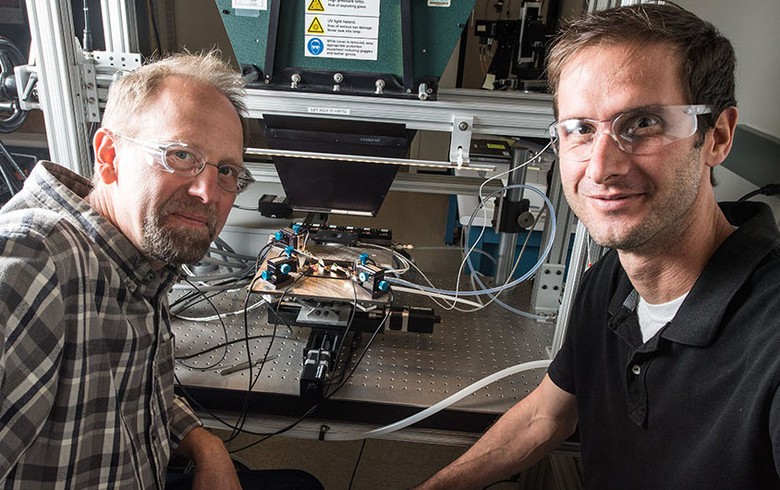The National Renewable Energy Laboratory (NREL) in the US announced that a group of scientists has fabricated a six-junction solar cell with an efficiency of 47.1%, measured under concentrated illumination, thus setting a new world record.

NREL also noted that a variation of the same cell set the efficiency record at 39.2% under one-sun illumination.
The work was financed by the US Department of Energy Solar Energy Technologies Office and is described in a new paper in the journal Nature Energy, with John Geisz as lead author. The latter is a principal scientist in the High-Efficiency Crystalline Photovoltaics Group at NREL.
Researchers in this project used III-V materials with a wide range of light absorption properties to fabricate the cell, which has six junctions, or photoactive layers, each designed to capture light from a specific part of the solar spectrum.
Ryan France, co-author and a scientist in the III-V Multijunctions Group at NREL, notes that III-V solar cells are most often used to power satellites because of the cost associated with making them, while on Earth such cells are well-suited for use in concentrator photovoltaics.
“One way to reduce cost is to reduce the required area [...] and you can do that by using a mirror to capture the light and focus the light down to a point. Then you can get away with a hundredth or even a thousandth of the material, compared to a flat-plate silicon cell. You use a lot less semiconductor material by concentrating the light. An additional advantage is that the efficiency goes up as you concentrate the light,” he stated.
According to France, exceeding 50% efficiency with this type of cell is “actually very achievable.” Geisz, in turn, commented that in order to do so, the resistive barriers inside the cell that impede the flow of current need to be reduced.